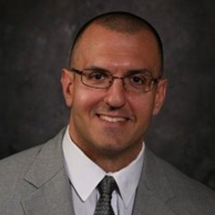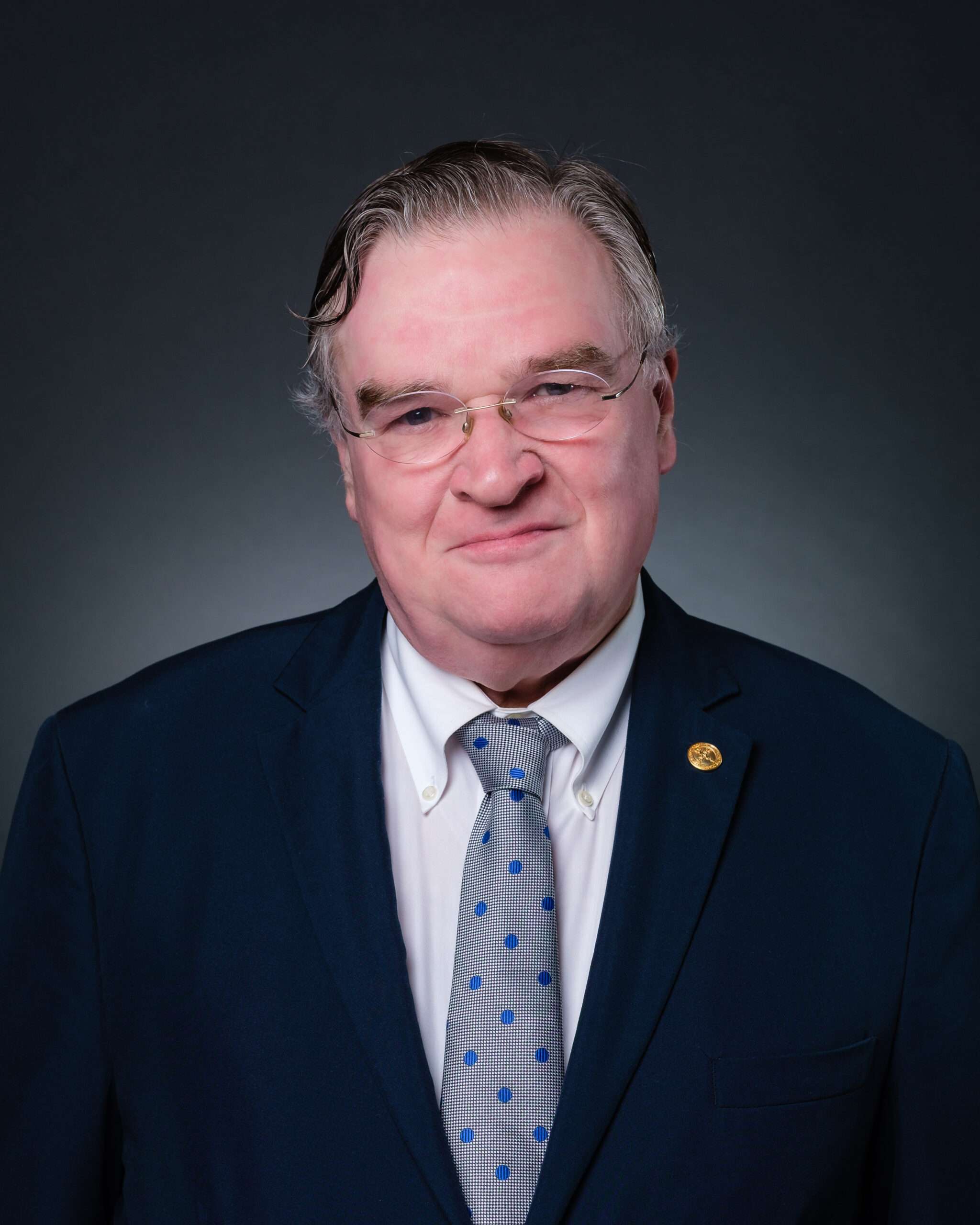How to Keep Fit While at Home by ABPS Diplomate Manny Konstantakos, MD
 The coronavirus pandemic has forced fitness enthusiasts and those with gym memberships to exercise and work out at home. Although the beneficial camaraderie and the extra enthusiasm that a gym can foster are temporarily unavailable, keeping fit at home is relatively straightforward and can prove to be beneficial in many ways.
The coronavirus pandemic has forced fitness enthusiasts and those with gym memberships to exercise and work out at home. Although the beneficial camaraderie and the extra enthusiasm that a gym can foster are temporarily unavailable, keeping fit at home is relatively straightforward and can prove to be beneficial in many ways.
But while improvisation can be a good thing (and may even spark creativity and enthusiasm while exercising) the risk of injury to muscles such as the rotator cuff of the shoulder and the meniscus of the knee cannot be overlooked, especially when training at home.
As an orthopedic surgeon and former football strength coach, I can’t stress enough the importance of adequately warming up the muscles and joints before any type of exercise. Wearing relatively warm but comfortable clothing before lifting weights is also important. If exercising indoors, wear a light jacket with sweat pants.
When training the chest and shoulders, it’s essential to stretch the muscles of the rotator cuff before, during, and after exercising. Also, keeping your elbows and hands in front of your body (as opposed to out to the sides) while doing any type of upper body pressing movement is of great value as this avoids unnecessary strain on the rotator cuff muscles.
Before training the lower extremities, warming up on a stationary bike can help loosen stiff joints, especially those of the knees, ankles, and hips. Also, consider starting your exercise session by simply walking on a treadmill at a slight incline. This will engage the gluteus muscles as well as the legs. It has been shown that low-impact workouts, such as cycling or weight lifting, can be a good alternative to running for those looking for intensity without the added force on the joints.
To help reduce the risk of common injuries, I recommend that you strengthen the gluteus muscles specifically through exercises such as squats, bridges with a band, and side-lying leg lifts. Strong gluteus muscles improve hip strength, which will take pressure off the knee joints, thus reducing the chance for arthritis or any sort of meniscal damage to the knees.
To help reduce any pre-existing knee intra-articular inflammation, such as that caused by arthritis, consider a strategy used by the ancient Hellenic Olympians that is still widely used today: wearing a knee sleeve, such as those infused with copper. This may reduce knee pain during exercise by decreasing inflammation.
All in all, it is important to work out hard, but smart. As the saying goes: “An ounce of prevention is worth a pound of cure”. In the meantime, stay active and stay tuned for the next fitness article coming up from the ABPS.










